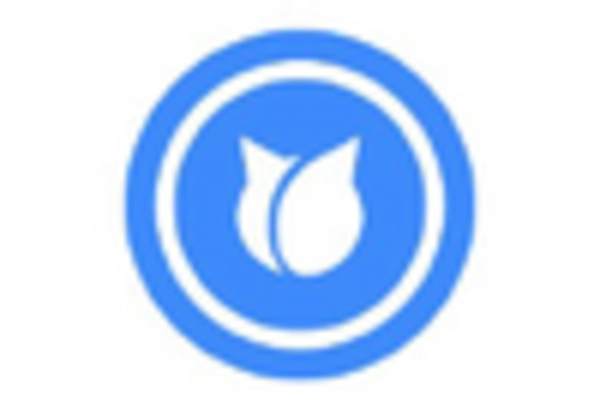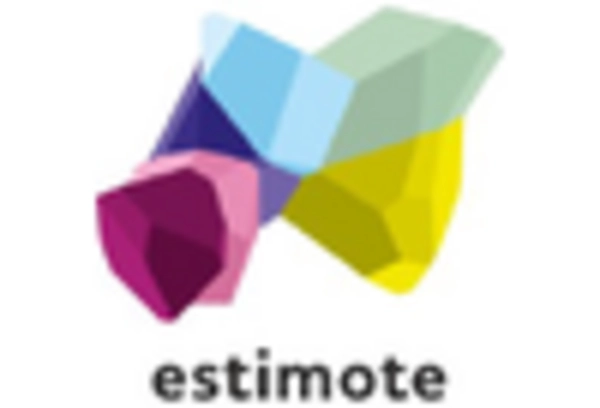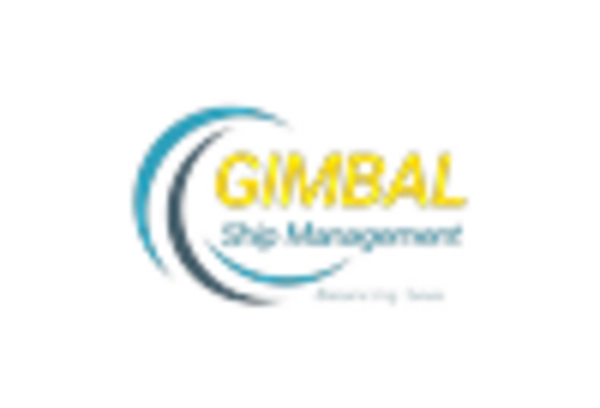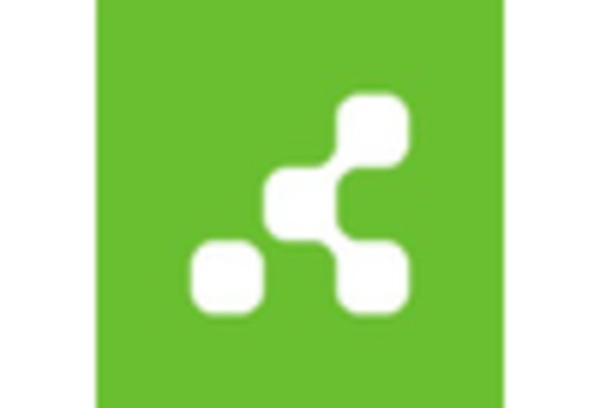Growth in Smart Building Solutions
The Bluetooth Beacon Market is witnessing a significant uptick in the adoption of smart building solutions. As organizations prioritize energy efficiency and enhanced user experiences, Bluetooth beacons are being integrated into building management systems. This integration facilitates seamless navigation, occupancy tracking, and resource management. Recent market analyses suggest that the smart building sector is projected to grow at a compound annual growth rate of around 25% in the coming years. This growth indicates a strong potential for Bluetooth beacons to enhance operational efficiencies and user satisfaction within smart buildings.
Emergence of Healthcare Applications
The Bluetooth Beacon Market is increasingly being shaped by the emergence of healthcare applications. Hospitals and healthcare facilities are adopting Bluetooth beacons for patient tracking, asset management, and enhancing the overall patient experience. The ability to monitor equipment and provide real-time location data is becoming essential in healthcare settings. Recent reports indicate that the healthcare sector is expected to invest heavily in beacon technology, with estimates suggesting a market growth of approximately 20% annually. This trend highlights the potential for Bluetooth beacons to revolutionize healthcare operations and improve patient outcomes.
Proliferation of Retail Applications
The Bluetooth Beacon Market experiences a notable surge in retail applications, driven by the increasing demand for personalized customer experiences. Retailers are leveraging Bluetooth beacons to deliver targeted promotions and enhance customer engagement. According to recent data, the retail sector accounts for a substantial portion of the Bluetooth beacon market, with projections indicating a growth rate of approximately 30% over the next five years. This trend suggests that retailers are increasingly adopting beacon technology to improve foot traffic and sales conversions, thereby solidifying the role of Bluetooth beacons in modern retail strategies.
Advancements in Location-Based Services
The Bluetooth Beacon Market is significantly influenced by advancements in location-based services (LBS). As businesses seek to enhance operational efficiency and customer interaction, the integration of Bluetooth beacons with LBS has become increasingly prevalent. This technology allows for precise location tracking, enabling businesses to provide real-time information and services to customers. Recent estimates indicate that the LBS market is expected to reach a valuation of over 50 billion dollars by 2026, with Bluetooth beacons playing a crucial role in this growth. The synergy between LBS and Bluetooth beacons is likely to drive further innovation and adoption in various sectors.
Integration with Mobile Payment Systems
The Bluetooth Beacon Market is experiencing a transformative shift with the integration of mobile payment systems. As consumers increasingly prefer contactless payment options, businesses are utilizing Bluetooth beacons to facilitate seamless transactions. This integration not only enhances the customer experience but also streamlines payment processes. Recent data indicates that mobile payment transactions are projected to exceed 10 trillion dollars by 2025, with Bluetooth beacons playing a pivotal role in this evolution. The convergence of mobile payments and Bluetooth beacon technology is likely to redefine retail and service interactions, driving further adoption of beacons in various industries.















Leave a Comment